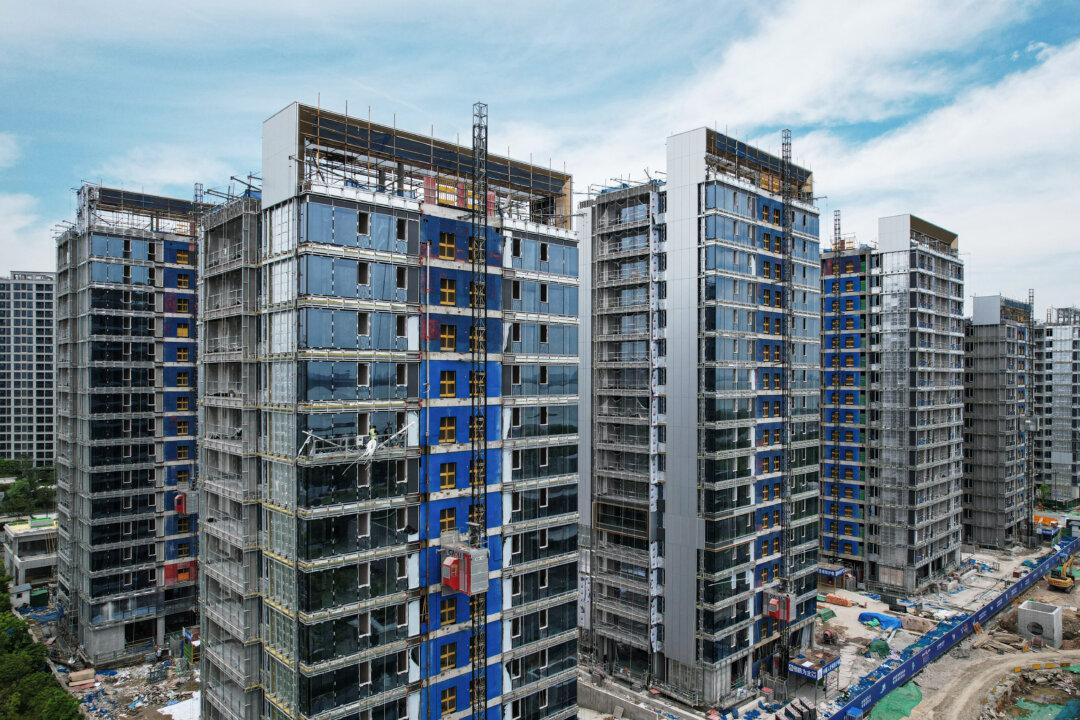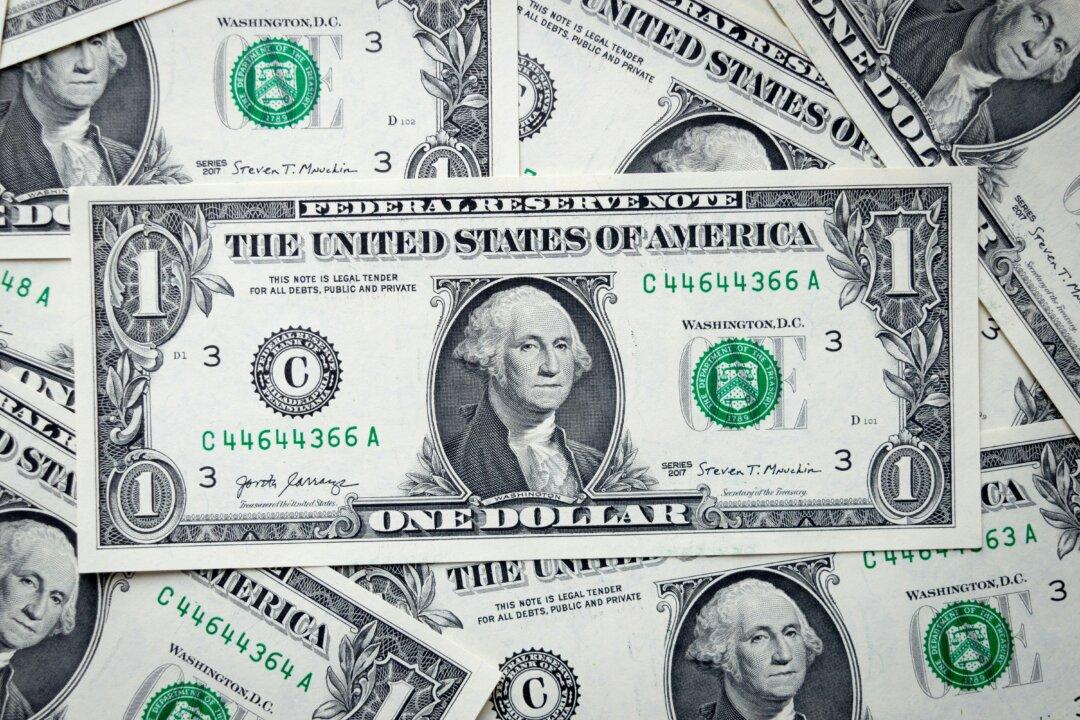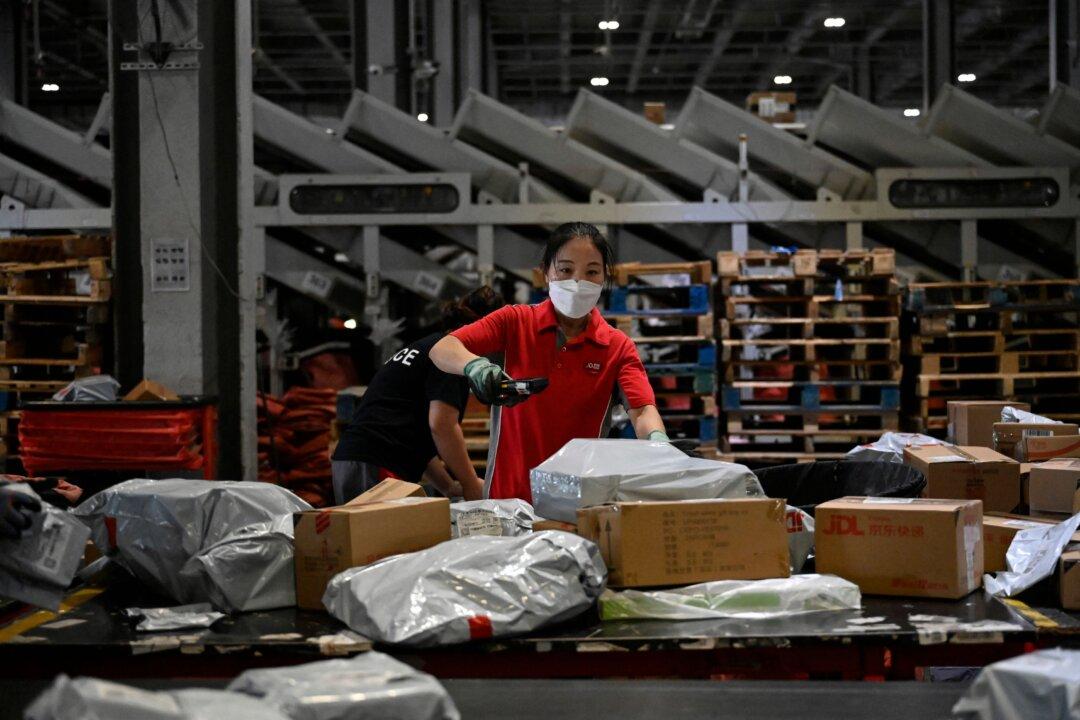China’s factory activity shrank for the fifth straight month in August, and non-manufacturing activity set a record low for the year, putting pressure on Beijing to reverse the economic slump and provide support to shore up growth. Yet, while the Chinese authorities said last month that they are trying to drag the economy out of a crisis, there is little that Beijing can do to fix the economy swiftly, said an expert.
“Although it is a widely-held view that the government needs to do more [to help rescue the economy from its current state], exactly what it needs to do is being actively debated,” Robert Carnell, regional head of research for the Asia-Pacific region at ING, told The Epoch Times.





